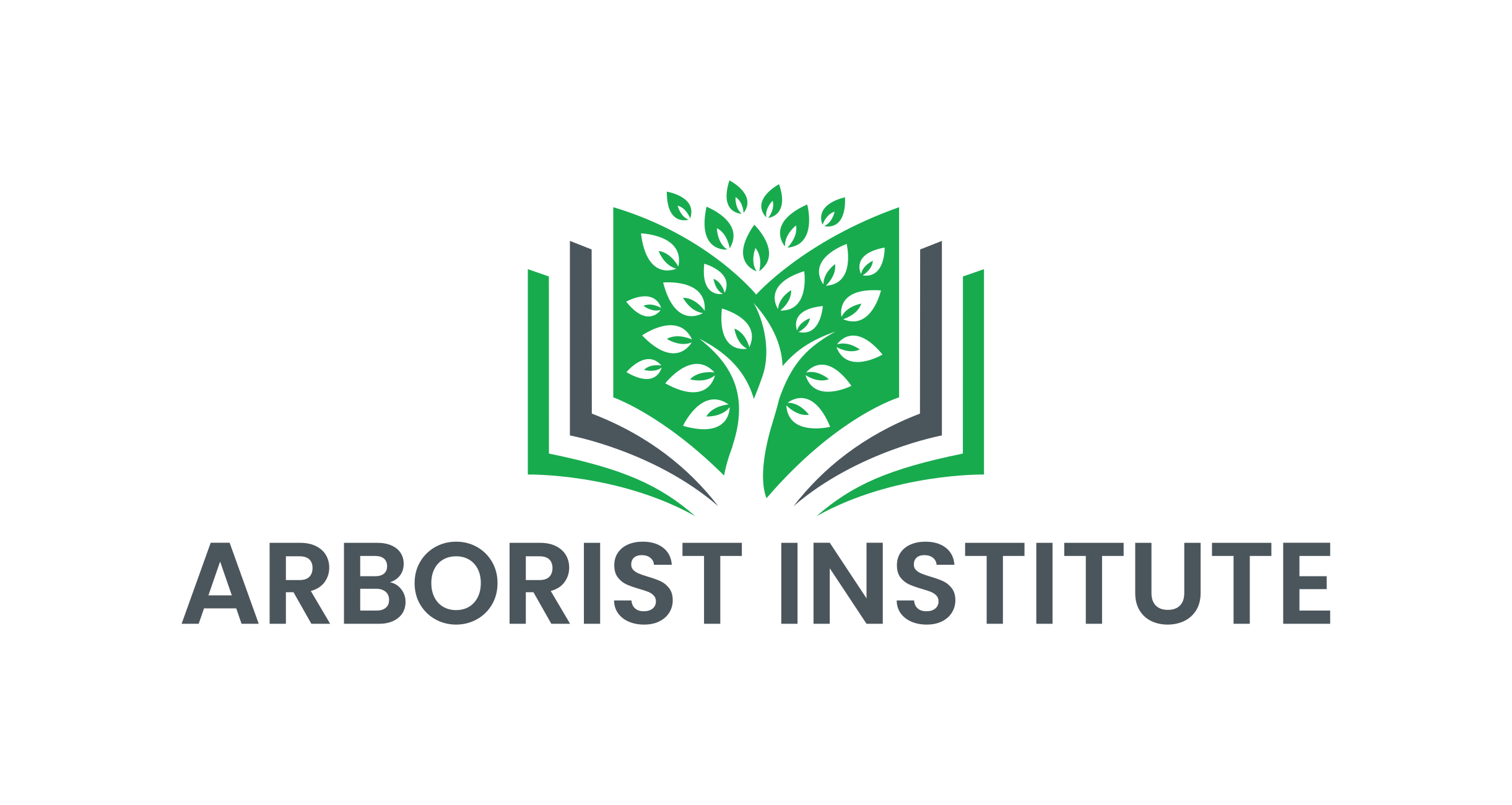Presenter: Carolyn C. Pike
Format: E-Learning
CEUs:
ISA BCMA Management: 1
ISA Certified Arborist: 1
Municipal Specialist: 1
SAF Category 1: 1
FNGLA: 1
Learning Objectives:
- Explain the recent global increase in attention to tree seed and seedling production in response to carbon fixation and reforestation goals.
- Describe the challenges facing the reforestation industry, including nursery capacity, seed availability, and post-planting survival factors.
- Apply the Target Plant Concept as a framework for improving reforestation success through better stock type, species, and seed source selection.
- Define and interpret seed zones and their role in guiding seed selection and planting decisions across different U.S. regions.
- Discuss the purpose and application of seed transfer guidelines within the context of the Target Plant Concept.
- Evaluate how seed transfer and plant selection strategies can adapt to current and future climate conditions to support long-term forest resilience.
Course Description:
The attention devoted to tree seed and seedlings has exploded in the last few years in large part because of desires to increase carbon fixation through reforestation efforts across the globe. The reforestation industry, as a whole, has experienced steady declines since peaking in the mid-1980s. As nursery capacity shifts to address growing demands, predicated on increased collections of tree seed, forest managers also face the reality that the survival of planted trees is dependent on factors beyond the shovel: matching the correct stock type, species, and seed source to the site along with providing maintenance and care for small seedlings. I will first discuss the Target Plant Concept as a framework for land managers to improve the success of reforestation. Second, I will discuss the concept of seed zones and their utility across the United States. Finally, I will discuss the concept of seed transfer guidelines, and how it fits within the framework of the Target Plant Concept, considering current and future climates.

